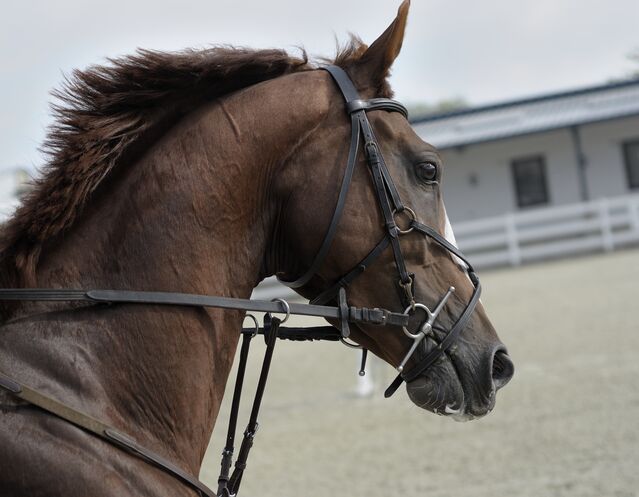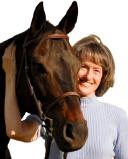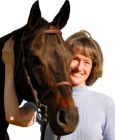Anxiety
An Equine Model for Human Anxiety
Horses are ruled by fear. We can learn a lot about human anxiety from that.
Posted July 18, 2022 Reviewed by Michelle Quirk
Key points
- Consider human anxiety by teaching prey brains to overcome fear.
- Controlling fear in a 1,200-pound animal sharpens your psychological skills.
- Horses are excellent models for understanding human depression and human anxiety.

Having prey brains, horses are ruled primarily by fear. External stimulation enters their brain via one of the senses and is immediately shuttled to the motor cortex for instant reaction. There is no neural way station or prefrontal cortex for evaluation of the event. Why? Because evolution is based on survival, and it takes too much time to evaluate a hazard that might eat you for dinner.
To survive, the horse had to flee potential predators instantly. There wasn’t time to stand around wondering what to do. And anything—movement in a few blades of grass, the sound of a snapping twig, the molecules of scent on a breeze—could signal a potential hazard. In other words, almost every stimulus is dangerous, especially those that are new or unknown.
Overreactions to Hazards in the Environment
If this sounds familiar, it’s because human anxiety produces much the same behavior. Whether by posttraumatic stress disorder (PTSD), generalized anxiety, obsessive-compulsive disorder, panic attacks, social anxiety, or phobias, our brains become sensitized to potential hazards in the environment. They are then primed to overreact in ways that result in behavior that impairs normal everyday living.
Those of us who train horses deal with equine fears every day. Much of our work involves teaching the horse to delay his natural reaction to potential hazards for a second or two—just long enough to register our guidance and direction. If we humans seem nervous about an event, the horse will be nervous too. But when we respond to such events calmly, the horse learns over time to do the same.
Horses as Models for Human Anxiety
It might seem odd to think of horses as models for any human emotion. But, already, horses are used as research models for human depression. Equine anxiety is even more prominent than equine depression, so it stands to reason that we can learn something about the treatment of human anxiety by studying horse trainers’ “treatment” of equine anxiety.
So, how do we calm a frightened horse? In general, we do the following:
- Anticipate events likely to cause fear.
- Recognize the signs of anxiety.
- Offer direct guidance and support.
- Respond with physical and mental calmness.
- Reward for delayed reactions.
- Use consistency to produce predictability.
- Use predictability to deliver a sense of control.
- Reward for calmness.
- Apply the process repeatedly for many different events.
- Continue teaching calmness toward potential hazards over years.
Each of these steps can be carried out as easily with humans as with horses. Our anxieties tend to be more complex, but they cause the same flight, fight, or freeze behaviors. And they respond to the same kinds of training. Specific techniques exist for every step on the list.
Some of the problems we have in treating human anxiety show up with horses, too: People encourage the anxiety-ridden to proceed too quickly; they don’t recognize the early signals of impending fear; and they offer indirect or implicit guidance instead of laying out the process step by step. Instead of rewarding it, they ignore calm behavior. They teach by increments that are too large. They severely underestimate the number of anxiety-reducing lessons that are necessary for long-term success.
Horses have much to teach psychologists. Anxiety reduction is a good place to start.


